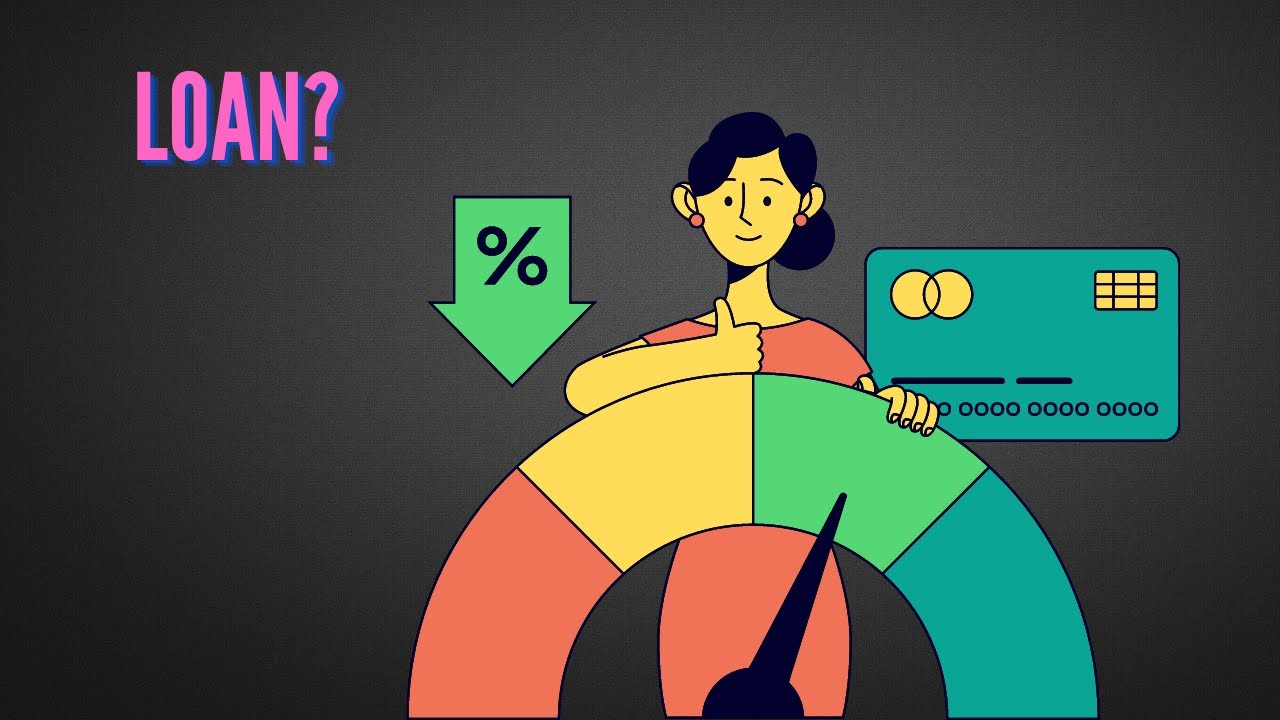Most important topics for Credit officer/Industry Officer
Summary
TLDRIn this video, Vikas Kalia from Himachal Pradesh discusses the basics of credit, particularly for aspiring Credit Officers and Industry Officers in 2025. He covers essential topics like the types of charges on security, including hypothecation, pledge, mortgage, lien, and assignment, and provides practical examples to make these concepts clear. Vikas shares his personal experience as a Credit Officer in a public sector bank, offering valuable insights and advice for those preparing for related exams. The video emphasizes understanding key concepts and staying motivated through the preparation journey.
Takeaways
- 😀 Vikas Kalia, the speaker, is from Himachal Pradesh and has a background in credit, currently working as a Credit Officer in a public sector bank.
- 😀 The video focuses on the basics of credit, with a particular emphasis on important topics for credit officer exams, especially for PNB 2025 and industry officer positions.
- 😀 The speaker mentions that credit officers should be familiar with the topic of charges on security, as it is a commonly asked question in exams, with 4-5 questions likely related to it.
- 😀 The video begins with Vikas Kalia giving motivational advice to students, encouraging them to stay positive and persistent in their preparation for exams.
- 😀 The speaker discusses the difference between charges and security in the context of loans and borrowing from financial institutions like banks.
- 😀 There are two types of loans discussed: secured loans, where the borrower pledges security, and unsecured loans, which do not involve collateral.
- 😀 In secured loans, the borrower offers collateral (e.g., property or assets), which the bank can sell if the borrower fails to repay the loan.
- 😀 The video introduces a mnemonic to help remember different types of charges: 'Himachal' (HP), which stands for Hypothecation, Pledge, Mortgage, Lien, and Assignment.
- 😀 The video provides detailed examples of various charges: Hypothecation (e.g., vehicle loans where the borrower retains the asset), Pledge (e.g., gold loans where the bank holds the asset), and Mortgage (e.g., home loans where the property is used as collateral).
- 😀 The concept of 'Lien' is explained with an example of a mechanic holding a lien over a car until the borrower pays for repairs, highlighting the practical application of this charge.
- 😀 The last charge discussed is Assignment, where the borrower assigns the rights of an asset (e.g., recurring deposits) to the bank as security for a loan.
Q & A
What is the main topic discussed in the video?
-The main topic discussed in the video is the basics of credit, focusing on the types of charges on security, which is relevant for both Credit Officers and Industry Officers in PNB 2025 exams.
How does Vikas Kalia introduce himself in the video?
-Vikas Kalia introduces himself as a Credit Officer currently working in a public sector bank, and he shares that he comes from a credit background, offering insights from his personal experience with exams and credit-related topics.
What is the significance of the topic 'Types of Charges on Security'?
-The topic is critical for both Credit Officers and Industry Officers because it helps in understanding how charges are created against securities, which can be a key element in exam questions. It is essential for framing clear and precise responses to related questions.
What is the difference between a charge and security, as explained in the video?
-A charge is a legal claim or lien on an asset, ensuring the lender's rights in case of default, while security refers to the asset itself that is pledged or hypothecated to back the loan.
What are the two main types of loans mentioned in the script?
-The two main types of loans mentioned are secured loans, where collateral is provided, and unsecured loans, which do not require any security.
Can you explain the concept of 'Hypothecation'?
-Hypothecation refers to a situation where a borrower pledges an asset, like a vehicle, to the bank as security for a loan. The borrower retains ownership and possession of the asset while the bank holds a legal claim on it.
What is 'Pledge' in the context of secured loans?
-Pledge is when an asset, usually movable, like gold jewelry, is physically handed over to the bank as security for a loan. The borrower does not retain possession of the asset, unlike hypothecation.
What is a 'Mortgage' and how does it differ from other types of charges?
-A mortgage is a type of charge where immovable assets, such as a house or land, are pledged as security for a loan. Unlike hypothecation or pledge, the borrower cannot sell or transfer the immovable asset without fulfilling the loan obligations.
What is a 'Lien' and how does it function?
-A lien is a legal right or interest that a lender has in a borrower's asset, typically as security for a debt. It ensures that the lender can hold the asset until the borrower repays the debt.
What does 'Assignment' mean in terms of securing a loan?
-Assignment in securing a loan means that the borrower assigns their rights to a specific asset (like an RD or insurance policy) to the lender. If the borrower defaults, the lender has the right to liquidate the asset to recover the owed amount.
Outlines

このセクションは有料ユーザー限定です。 アクセスするには、アップグレードをお願いします。
今すぐアップグレードMindmap

このセクションは有料ユーザー限定です。 アクセスするには、アップグレードをお願いします。
今すぐアップグレードKeywords

このセクションは有料ユーザー限定です。 アクセスするには、アップグレードをお願いします。
今すぐアップグレードHighlights

このセクションは有料ユーザー限定です。 アクセスするには、アップグレードをお願いします。
今すぐアップグレードTranscripts

このセクションは有料ユーザー限定です。 アクセスするには、アップグレードをお願いします。
今すぐアップグレード関連動画をさらに表示

Shoplifters with $100k Mercedes Steal Thousands in Clothes

Focusing on Morale, Burning, & Hull Breach Levels 10-30 (and beyond) and how it can help you | STFC

3.1. Credit Scoring | DATA SCIENCE PROJECT

Sales and Consumer Credit

The Deck Cadet | Life at Sea | Seaman Vlog

My NEW 2025 Credit Card Strategy (& 2024 Recap)
5.0 / 5 (0 votes)
